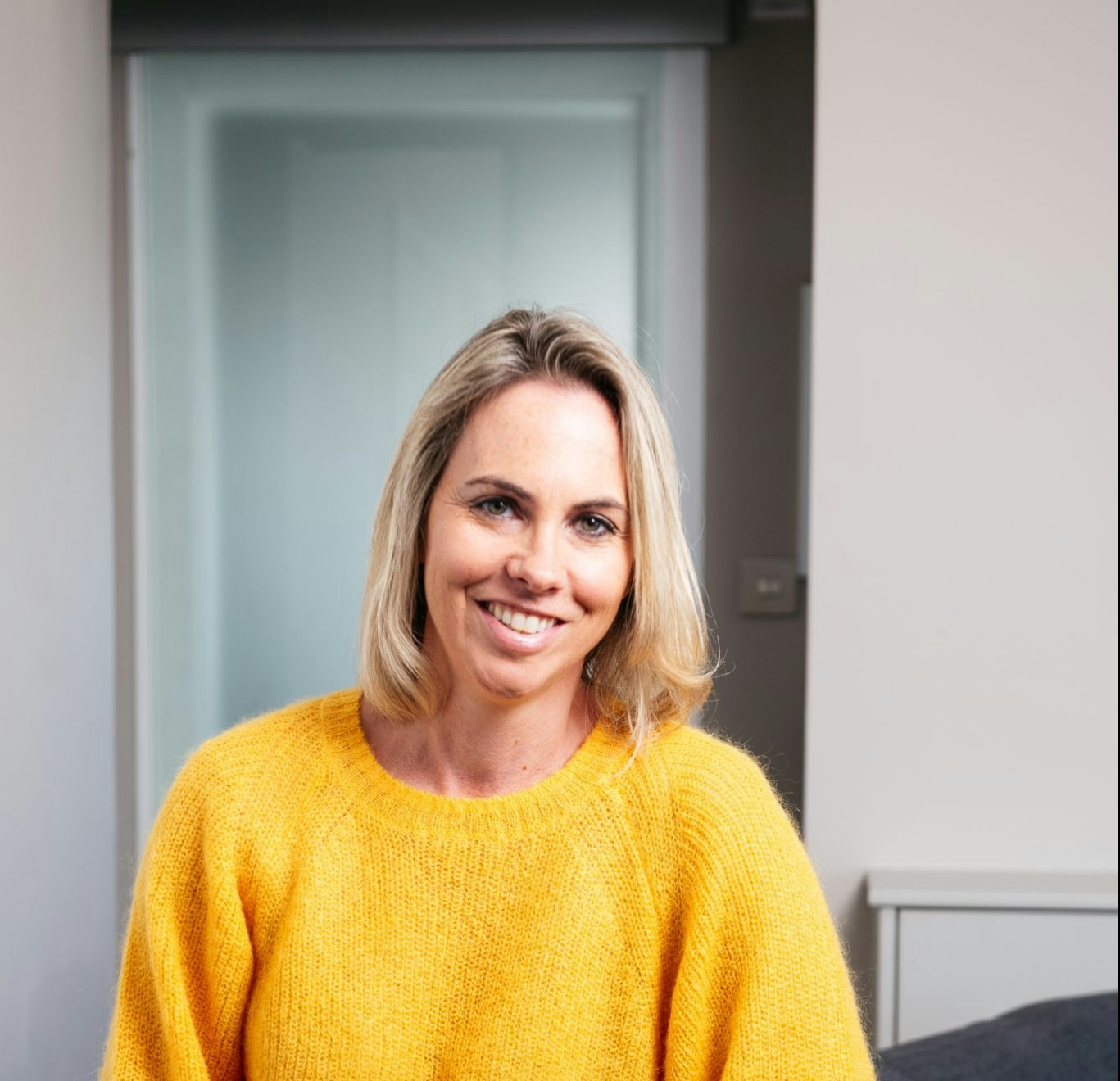The ultimate promise of technology is to be able to do more — much more — with less. And yet despite 100 years of mind-blowing tech revolutions, this promise has spectacularly failed to materialise.
Yes, on a micro level Moore’s law appears to hold, and the capabilities of quantum computing, AI and more are truly phenomenal. But on a macro level, our tech revolution has simply enabled the ever more rapacious consumption of the planet’s finite resources.
If you want proof of just how bad things are, consider that we passed a frightening milestone last week: Earth Overshoot Day. It’s the day in which humanity has used all the resources that the Earth can replenish in a year. It was July 28 this year — and much earlier for most developed nations.
This is something that should concern us all, and as tech entrepreneurs, I believe we’re uniquely placed to come together and bend the arc of consumption back in the right direction — fast. That can be through how we create, produce and deliver products and services, or simply how we run our businesses. Turning back the clock will require all our efforts. Here are a few ways to start.
An Earth Overshoot Plan
First comes measurement. Do you even understand what resources your company is using each month and each year? And what resources went into creating those resources that you’re purchasing from your suppliers? Only through understanding your starting point can you seek to be the change you wish to see. Provenance is a great example of a startup working to help businesses understand the sustainability and resource consumption of their supply chains.
Next comes waste. What waste do you have in your operations, and how can you get it down to less than 5%? And what about the waste generated by your suppliers to give you exactly what you want? And what about the waste incurred through the delivery of your products? Today there’s no excuse for any waste in your delivery with so many great recyclable and home compostable packaging options available.
And finally, what about the resources within your organisation — do you know where they all are and how they’re being used? Rheaply is a US-based platform helping organisations efficiently manage the deployment of the resources they already own.
Next comes utilisation. This is perhaps the most challenging one: does your business model allow for your product to be used and reused and reused again? This is where most startups with physical products fall down, as they unquestioningly follow the grooves of the conventional linear economy rather than reinventing their business model for the circular economy, which will undoubtedly be the future economic paradigm. There’s currently lots of innovation in the grocery and home space; Good Club, Beauty Kitchen and Bower Collective are leading the charge.
Next comes repair. Is your product easy to repair? Do you facilitate your customers’ attempts to repair your product, or do you enable a third-party network of repairers? Sojo is a great startup innovating in this space, providing repair as a service for the fashion industry, whilst Back Market and Reboxed are both extending the life of electronics. And I’m hugely impressed by Tree Tribe, which provides a lifetime warranty for their stainless steel water bottles, providing a real challenge to the low-quality model so many other supposedly "sustainable" providers are promoting.
Finally comes end of life. Do you take lifetime ownership of your product, and ensure it has a responsible end-of-life disposal strategy? Is your product made of materials that can be easily recycled or can decompose naturally? A great example here is Hylo, a trainer company which takes back and recycles trainers, ensuring the loop is closed. End of life can also apply to the facilities and equipment you use — what happens to those servers and laptops once the team is finished? Globe Chain is a fantastic marketplace for end-of-life equipment, matching it with charities that desperately need those resources.
Software creates carbon too
It’s important to note that all of this doesn’t just apply to companies making a physical product. If you’re a software business, you’re using vast amounts of energy to power your product and those servers are responsible for tons of emissions.
Being in the cloud doesn’t mean you’re not polluting, and it’s no excuse to think that the efficiency imperative doesn’t apply to you too. Wholegrain Digital, for example, is reinventing websites to be more carbon friendly, and have also created the world’s first website carbon calculator.
More talent, capital and customers want action
If you need any other convincing to start making a change — other than the nightmare that climate change will kill us all in a blazing inferno — consider that more talent, capital and customers are taking this seriously. They want to work with businesses taking action. If you can’t answer these questions today, you might not be able to survive as a business tomorrow.

